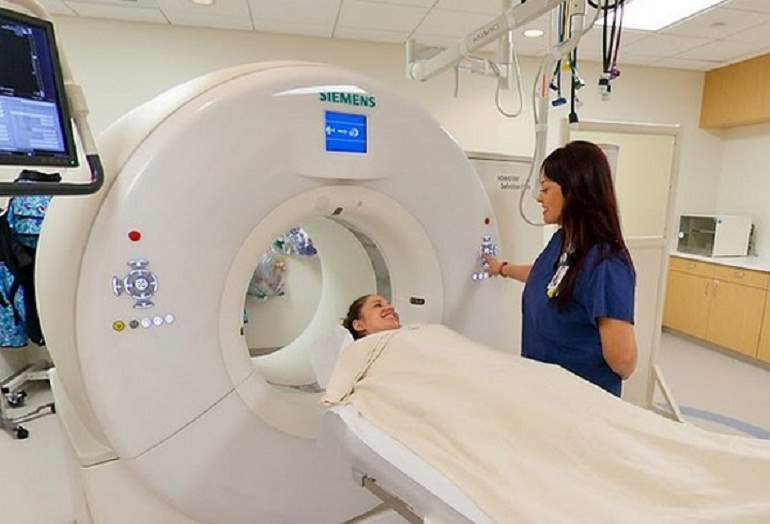
Radiology is a medical specialty that uses medical imaging to diagnose and treat diseases within the human body. It involves various imaging techniques such as X-ray, computed tomography (CT), magnetic resonance imaging (MRI), ultrasound, and nuclear medicine. Becoming a radiologist requires extensive training and education. Below is a detailed outline of the full course details for a career in radiology:
Pre-Medical Education:
1. High School Diploma:
- Focus on science and math courses.
- Participate in extracurricular activities related to science and healthcare.
2. Undergraduate Education (Bachelor's Degree):
- Duration: 4 years
- Major in a science-related field (e.g., biology, chemistry, physics).
- Maintain a high GPA.
- Participate in research or volunteer work related to healthcare.
Medical School:
1. Medical College Admission Test (MCAT):
- Required for admission to medical school.
2. Medical School:
- Duration: 4 years
- Years 1-2: Preclinical studies covering basic medical sciences.
- Years 3-4: Clinical rotations in various medical specialties, including radiology.
Residency Training:
1. Diagnostic Radiology Residency:
- Duration: 4 years
- Training in various sub-specialties of radiology, such as:
- Abdominal Radiology
- Breast Imaging
- Cardiothoracic Radiology
- Musculoskeletal Radiology
- Neuroradiology
- Pediatric Radiology
- Interventional Radiology
2. Fellowship Training (Optional):
- Duration: 1-2 years
- Further specialization in a specific area of radiology.
Board Certification:
1. American Board of Radiology (ABR):
- Eligibility: Completion of diagnostic radiology residency.
- Required examinations: Written and oral board exams.
Continuing Medical Education (CME):
- Radiologists must participate in ongoing CME to maintain board certification and stay updated on the latest advances in radiology.
Licensure:
- Obtain a medical license to practice radiology in the state or country of residence.
Sub-Specialties in Radiology:
1. Abdominal Radiology
2. Breast Imaging
3. Cardiothoracic Radiology
4. Musculoskeletal Radiology
5. Neuroradiology
6. Pediatric Radiology
7. Interventional Radiology
8. Nuclear Radiology
Skills and Qualities Required:
- Strong analytical and problem-solving skills.
- Attention to detail.
- Ability to work in a fast-paced environment.
- Excellent communication skills.
- Hand-eye coordination (especially for interventional radiology).
Career Opportunities:
- Hospitals and medical centers
- Diagnostic imaging centers
- Outpatient clinics
- Academic institutions
- Research facilities
Salary and Job Outlook:
- Median Salary (U.S., as of 2022): Approximately $420,000 per year for diagnostic radiologists.
- Job Outlook: Positive, with an increasing demand for diagnostic imaging services due to an aging population and advances in medical imaging technology.
Conclusion:
Becoming a radiologist requires a significant commitment to education and training. It is a rewarding and highly specialized medical career with excellent job prospects and opportunities for sub-specialization. If you are interested in pursuing a career in radiology, it is essential to start preparing early by focusing on science and math courses in high school and maintaining a strong academic record throughout your educational journey.
